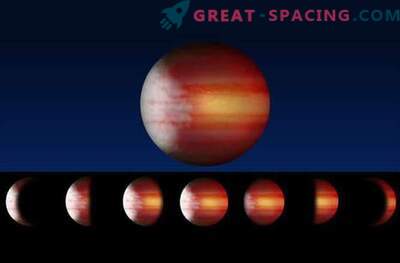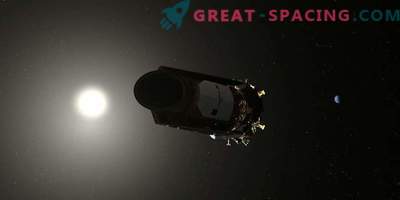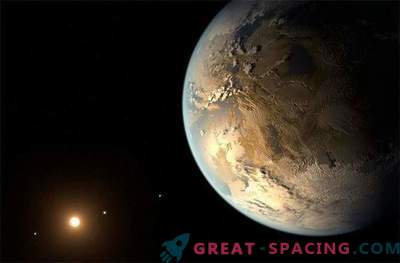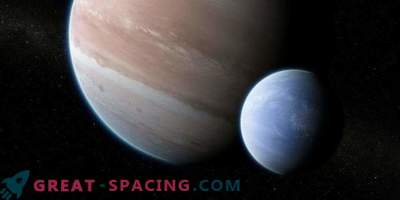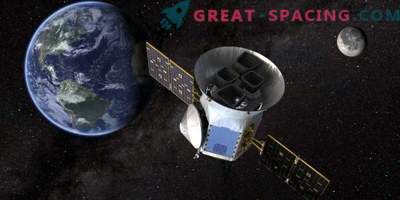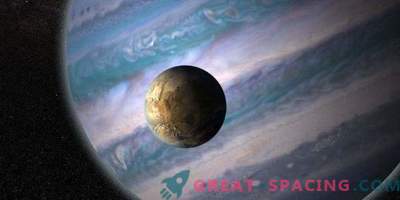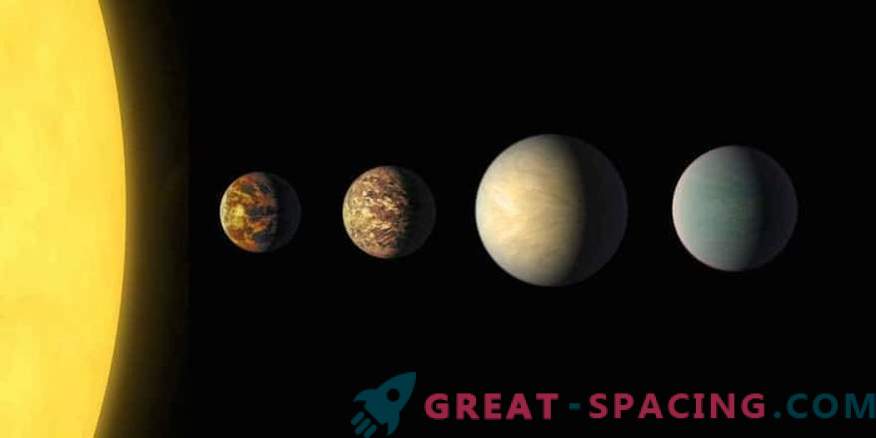
Artistic vision of the planets around K2-187
An international team of astronomers combined ground and space telescopes and was able to find more than 100 planets outside the solar system for 3 months. These are diverse worlds and it is expected that they will have an important role to play in the development of the research field of exoplanets and the search for life in the Universe.
The space telescope was launched in 2009 to search for worlds outside the solar system. When the planet passes in front of the native star, it reduces its brightness. Kepler fixed many planets in this way. However, eclipse moments may be caused by other events, so it is important to be able to confirm the true nature of the objects. In 2013, Kepler ran into a problem, but the mission was restarted as K2.
Scientists in the latest study examined 227 candidates for K2 exoplanets using other space and ground-based telescopes. They confirmed that 104 sources belong to alien worlds. Seven exoplanets are endowed with ultrashort orbital periods of less than 24 hours. It is not yet clear how planets with such short orbital periods appear. Further study will allow a deeper understanding of the process of their formation. Also, researchers have confirmed many small-scale rocky worlds with masses half the size of the Earth, as well as some stars with several exoplanets.
The Kepler telescope officially resigned, but its receiver, the TESS space telescope, took over. He has already managed to find many new exoplanets, and he will continue the mission.
Distribution of the detected orbits of exoplanets. The small worlds reach the parameters of Mercury, and the large ones reach Jupiter. The colors represent the temperature of the planets: blue indicates the temperature of the Earth, white indicates that of Venus, and red indicates lava

